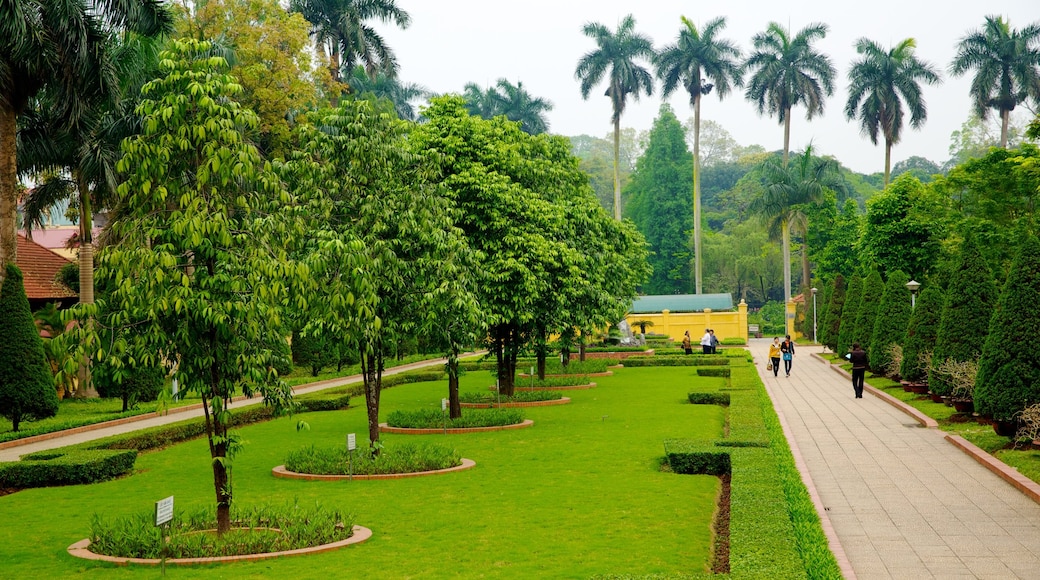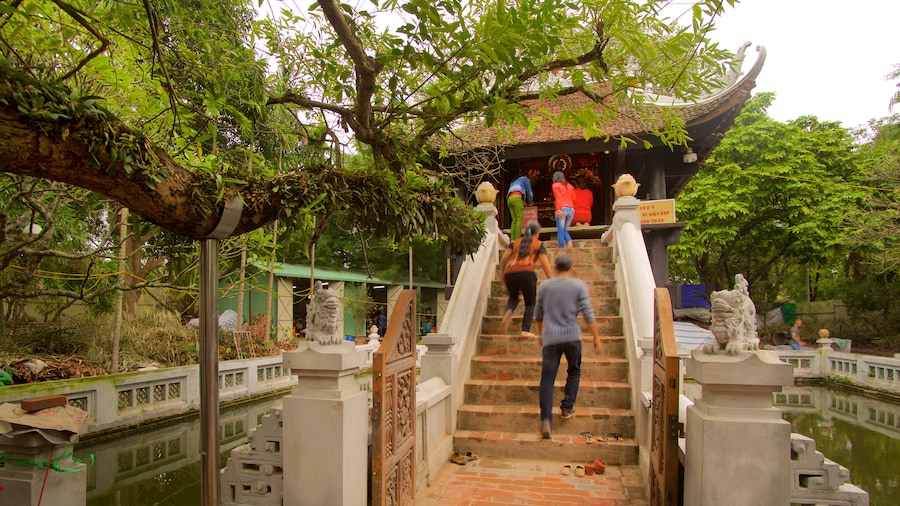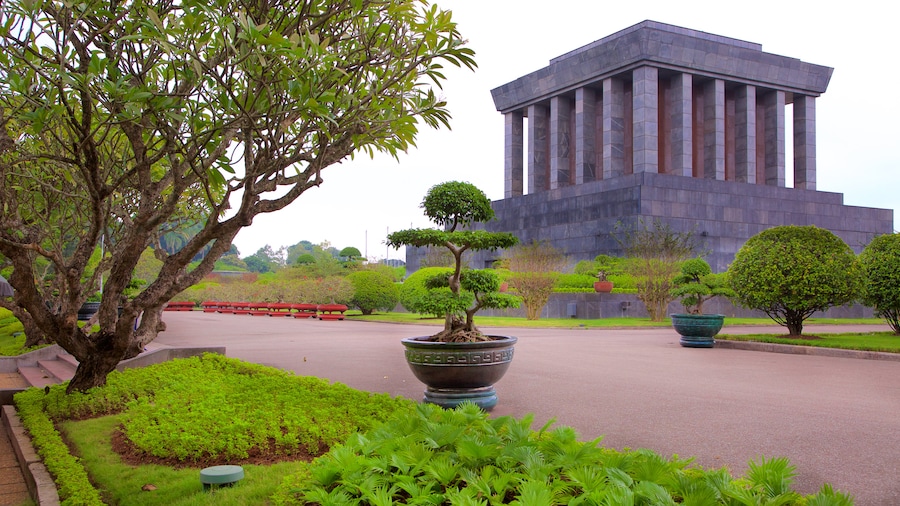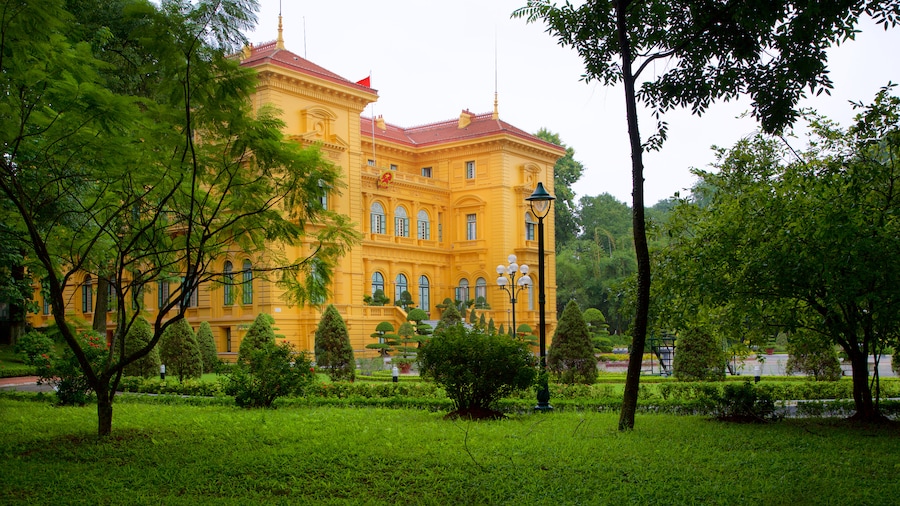An insight into Vietnam's recent history and the life of "Uncle Ho"
If you want to learn more about Ho Chi Minh, Vietnam’s revolutionary leader and the former president of North Vietnam, look no further than the Ho Chi Minh Museum. The exhibits here are tailored towards acquainting visitors with the history of the communist state and the struggle for Vietnamese independence, as well as explaining Ho Chi Minh’s part within that struggle.The museum can be found in Ba Dinh Square, which is also the birthplace of the Vietnamese communist state. It is a monument in itself as much as a museum, and there are clear echoes of Soviet architecture and personality cults: you certainly won't miss the enormous statue of "Uncle Ho" who will greet you on your way into the museum. It is also next door to the Ho Chi Minh Mausoleum which contains the embalmed body of the former leader, so it makes sense to combine the two if you’re keen to meet the man himself.On entering the museum, you might like to consider booking a tour with an official guide. Many of the exhibits are only displayed in Vietnamese and you might find you miss out on a lot of information without an English explanation. The materials on display include letters, official documents and historical objects, and the collection is rather large. Ho Chi Minh's life is displayed chronologically and the exhibits highlight his dedication to the struggle for freedom from colonialism. You'll be able to learn about Uncle Ho as a youngster, about his studies and travels, his political involvement in France and his contact with communism.The museum has been accused of being a platform for communist propaganda. On the other hand, many visitors are impressed by what they feel to be truthful and interesting documentation of a colourful past, and they leave the complex feeling moved and stirred by what they have seen and learnt.The museum also has galleries exhibiting works by some of the artists at the forefront of the Vietnamese art scene.The Ho Chi Minh museum is well connected to Hanoi city centre by bus, and easily reachable by taxi too. The museum closes every day for lunch, and also on Monday and Friday afternoons. Visitors are charged a small entrance fee.











